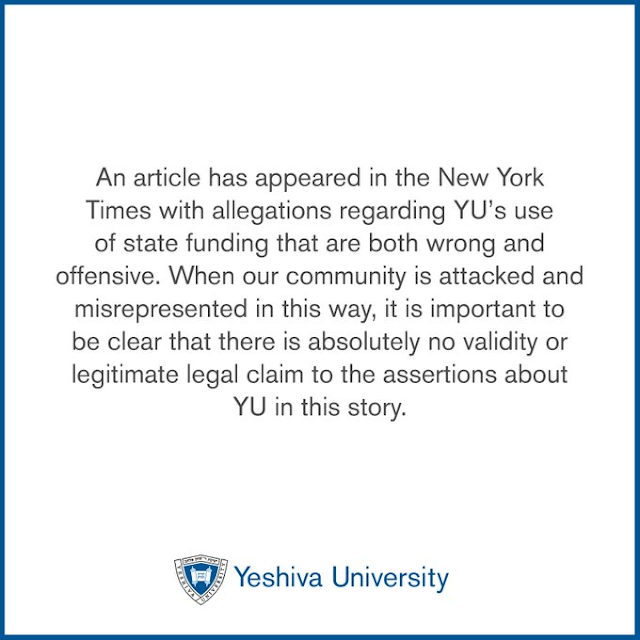Ten months ago, Agudath Israel of America implored Russia to abort its invasion of Ukraine, as announced at <https://agudah.org/agudath-israel-statement-on-ongoing-invasion-of-ukraine/>. Soon afterward, this writer published his own similar (albeit more nuanced) analysis at <http://daattorah.blogspot.com/2022/06/a-cri-de-coeur-for-russian-army-to_30.html>.
The hope that these two articles would inspire President Vladimir Putin to repent appears to have been illusory, since – as of the present date – the invasion of Ukraine continues. To that effect, the frustration experienced by halakhic decisors in convincing humanity to follow the Noahide Code has been captured by R. J. David Bleich in his following comments (<https://www.yutorah.net/sidebar/lecture.cfm/733609/rabbi-dr-j-david-bleich/tikun-olam-a-jew-s-responsiblity-to-society/>, commencing 4:51 into the recording):
“I don’t know why I draw these topics at rabbinic alumni conventions. The last time, I believe the topic was nuclear war. The next morning I went into the RIETS office, and Zevulun Charlop zol zein gezunt un shtark greets me with a kiltered face and says: ‘It’s about time you showed up. The switchboard is ringing off the wall. The Kremlin has already called to ask what in the world to do with its nuclear warheads. The Pentagon has heard that you said Bnei Noach may under no circumstances engage in war and they want to know what they’re supposed to do with all the bases they now have to dismantle. And we don’t know what to answer all these people.’ Now, you give me the topic of tikkun ha-olam, the obligation of fixing society in general, which deals with the entire gamut of issues involving Sheva Mitzvos Bnei Noach, as if the umos ha-olam are out there waiting to hear what we are going to decide here tonight...”
Nevertheless, the Midrash (Genesis Rabbah 65:16) elucidates Genesis 27:22 to mean that “when the voice of Jacob is found in the synagogues, the hands are not the [overpowering] hands of Esau.” Living in a world dominated by weapons of mass destruction, Jews are summoned to find hope by assembling for prayer.
Now, such assembly for prayer must be accompanied by a partition between ladies and gentlemen, arguably even a visual barrier (as this writer has hypothesized at <https://www.scribd.com/document/576679859/Retraction-of-The-Quest-for-an-Effective-Synagogue-Partition-Plan>), and I submit that the latter itself serves as a valuable lesson to humanity in abjuring warfare. Tosafot to Bava Batra 21a, s.v. ki mi-Tziyon tetzei Torah, comment that a spectator visiting Jerusalem who witnesses the great sanctity and the kohanim occupied in their Temple service becomes endowed with Yir’at Shamayim. Presumably, Tosafot are referring to the spectator being impressed by the separation between ladies and gentlemen in the Temple [which, in turn, serves as the precedent for the synagogue.] And, as I wrote in my series premier at <http://daattorah.blogspot.com/2021/05/daas-torah-and-legacy-of-rabbi-joshua-h.html>, Yir’at Shamayim is the only real guarantee that a person will respect human life. Ergo, congregating for prayer in the synagogue with a formidable partition is an effective way of conveying the message to Esau to reconsider his militancy. In other words, when Jews pray with a formidable partition, we are publicly declaring “we can say ‘no’ to our evil inclination; we can successfully become moral heroes as per Pirkei Avot 4:1,” and this sends a message to humanity to try to accomplish the same.
Rabbi Spira works as the Editor of Manuscripts and Grants at the Lady Davis Institute for Medical Research [a Pavillion of the Jewish General Hospital] in Montreal, Canada.

